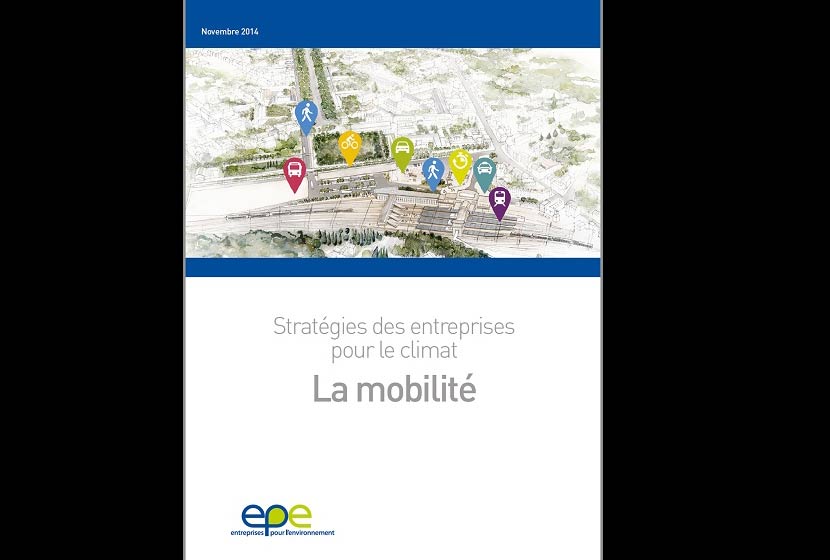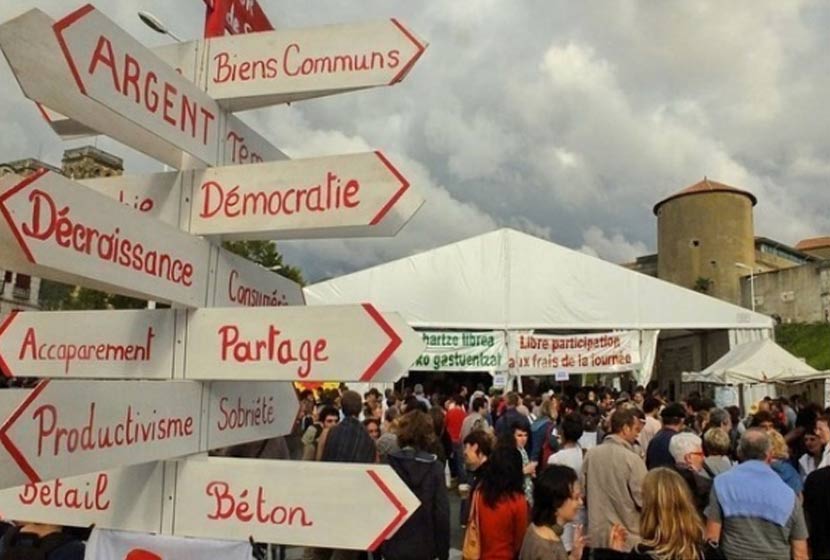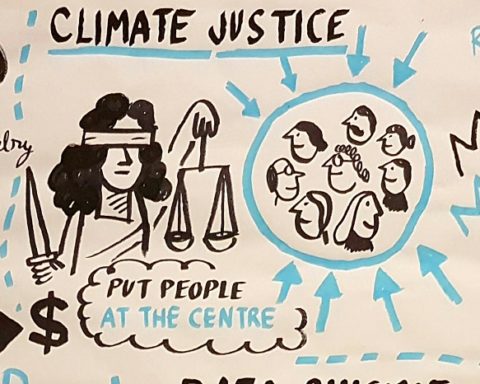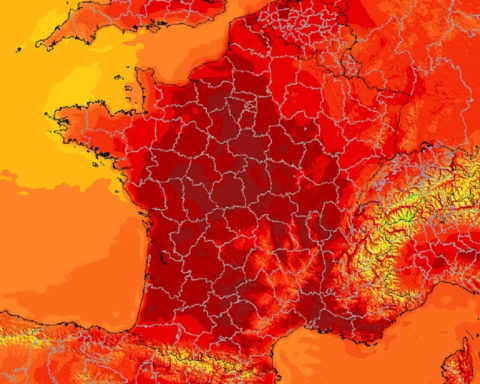EpE presents its new publication "Business Strategies for the Climate: Mobility", a guide to carbon-free mobility for businesses and individuals.
The global development of transport has accompanied and continues to accompany the growth of world economies and allows the development of territories. However, transport is a major contributor to global greenhouse gas emissions, accounting for 14 % of total annual emissions. The transport sector is mobilising to find solutions that enable social and economic development while combating climate change.
A number of companies, notably within the French association of Companies for the Environment (EpE), have worked over the last decade on solutions to reduce greenhouse gas emissions in the transport sector. These solutions concern both the mobility of people and goods. In all sectors, they are working to reduce emissions, and in transport, they are developing solutions whose deployment is at the heart of their strategies. These companies believe that mobility is both a lever for reducing greenhouse gas emissions and for the social and economic development of territories. This is why EpE companies are improving existing vehicles every day, while inventing new ways of moving goods and people.
The guide "Company strategies for the climate: Mobility" is the result of the work of the EpE's "Mobility in the sustainable city" working group, conducted between 2012 and 2014. Chaired by Patrice-Henry Duchêne, PSA Peugeot Citroën's Sustainable Development Delegate, this group brings together representatives of EpE member companies from all sectors of mobility, air, rail or land, vehicles or equipment, energy or services, who shared their experiences and thoughts. In order to encourage a constructive debate on the subject, external experts from the scientific community, associations, public authorities and consultants were invited to speak and engage in dialogue with EpE members on an ad hoc basis.
This three-part publication is intended for companies that wish to best integrate the issue of climate change into their consideration of the mobility of their customers, employees and goods. In addition, it is aimed at all those who wish to discover the solutions to reduce greenhouse gas emissions in the transport sector, proposed by EpE member companies.
Pierre-André de Chalendar, Chairman of EpE, Chairman and Chief Executive Officer of Saint-Gobain, states :
"How can we imagine achieving the objectives recommended by the IPCC without reducing emissions from transport? How can we imagine reducing these emissions without abandoning our development and mobility, which has become an essential component of human progress?
EpE member companies have understood this challenge. In all sectors, they are working to reduce emissions and, in transport, they are developing solutions whose deployment is at the heart of their strategies. These companies believe that mobility is both a lever for reducing greenhouse gas emissions and for the social and economic development of territories. »
The publication "Company Strategies for Climate: Mobility" is divided into three main chapters illustrated by concrete cases from EfE members' practices.
Chapter 1, entitled "Mobility and Climate Change: The Challenges".The report, which is available in French only, explains the link between climate change and mobility and provides key information on the issues at stake in a few figures. It shows that the sector's greenhouse gas emissions are constantly rising, in strong correlation with global growth.
Transport stakeholders are therefore mobilising to find the technical and organisational solutions that will make it possible to significantly reduce the sector's emissions and thus contribute to the success of global climate change mitigation objectives.
Chapter 2, entitled "Reinventing Vehicles and Energies"...The results of the study, which was conducted by the European Commission, show that companies have been working on vehicle performance for many years. Many avenues have been explored, and it is now becoming possible to produce vehicles with minimal greenhouse gas emissions. This progress concerns all modes of transport: cars, motorcycles, planes, trains, boats, etc.
This chapter also reviews the engines and energies that will drive our vehicles into the future. Less emitting energies are already available or are in the process of becoming available at an acceptable cost in the coming years: biofuels, liquefied gases, electricity and fuel cells.
Finally, there are questions about what the car will be in the near and medium-term future. While the French government is mobilizing the entire French automotive industry on the 2L/100km car, the technology giants are increasingly interested in this market and are developing hyper-connected, or even completely autonomous vehicles.
Chapter 3, entitled "Inventing Economic Models for Low-Carbon Mobility", is a comprehensive review of the economics of low-carbon mobility.In this way, the report explores the consequences of climate change on the mobility of goods and people.
Companies are inventing new travel models, such as carpooling, car sharing or reverse logistics.
In response to the challenge of climate change, both carriers and shippers are rethinking freight transport to put it on a low-carbon trajectory. This involves first of all optimising the logistics of flows, but also choosing the least emitting mode of transport whenever possible from an operational point of view.
About EpE
Entreprises pour l'Environnement (EpE) brings together some forty major companies that share the vision of the environment as a source of progress and opportunity and work together to take it into account in their strategies and management.












